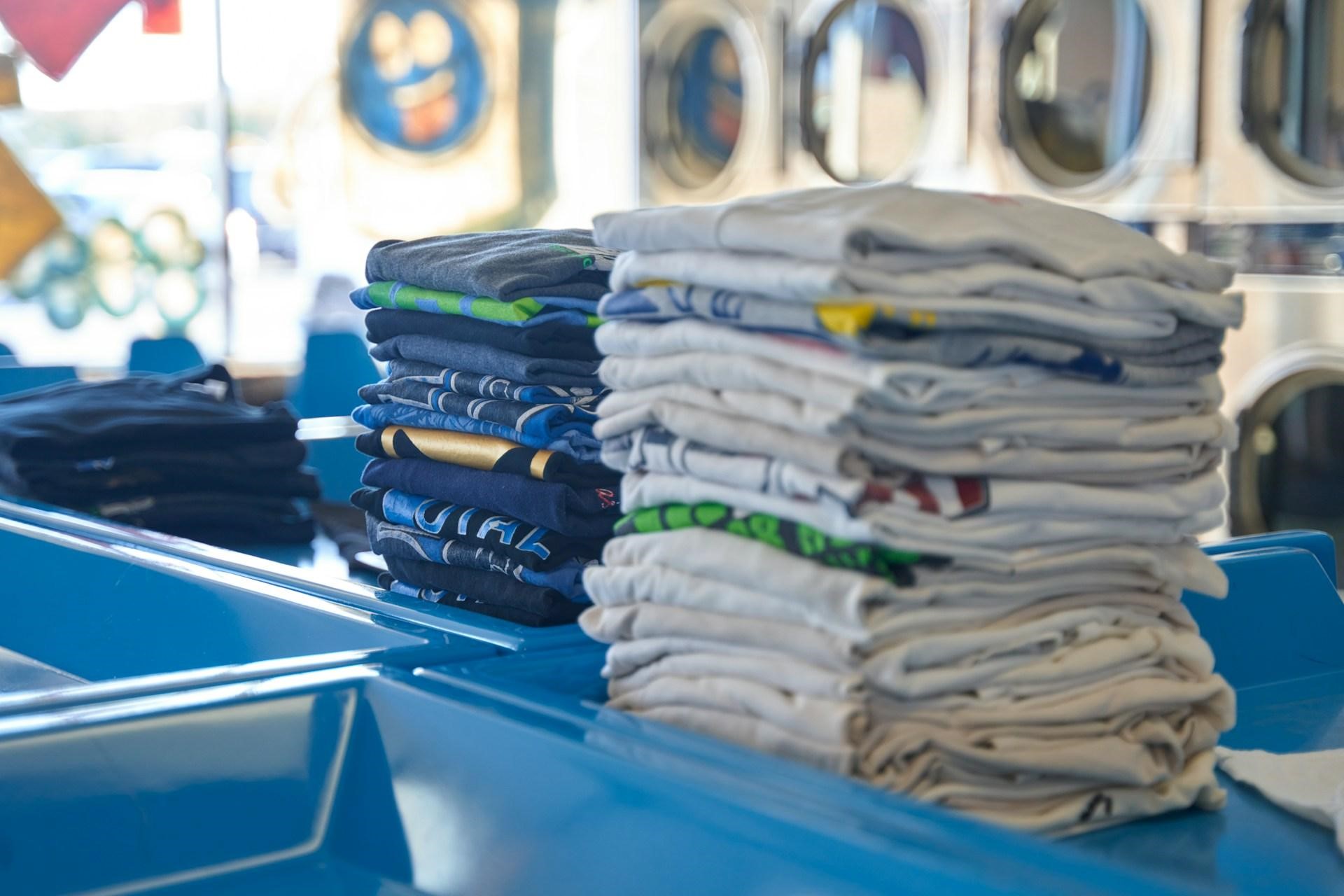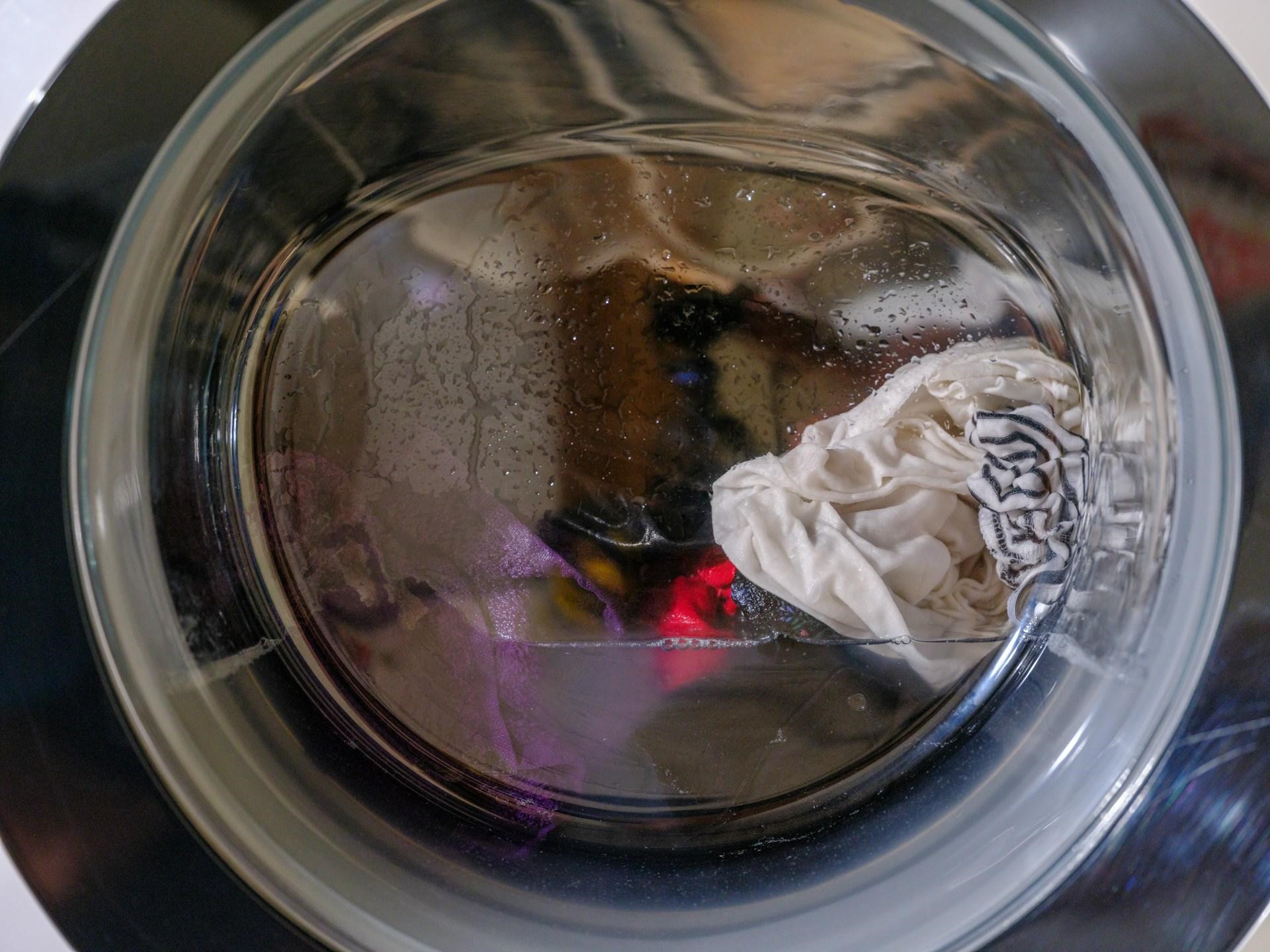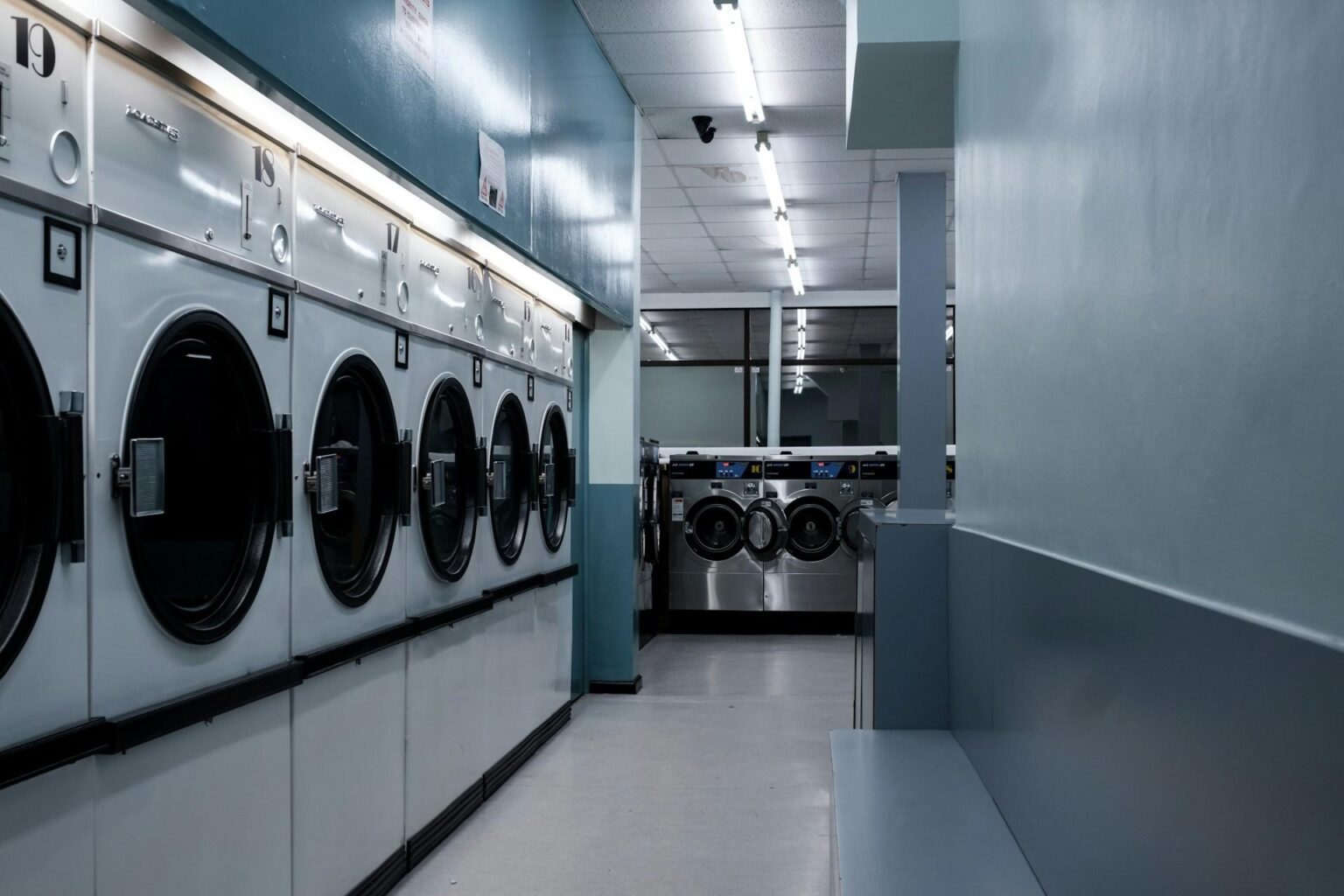Laundry might seem like a straightforward task. Throw clothes in, add detergent, press a button, done. But over the years, a surprising number of myths have crept into our wash-day routines.
Some of these habits are outdated, others are just plain wrong, and a few might be doing more harm than good to your clothes (and your machine). It’s time to put these laundry legends to rest and finally separate fact from fluff.
Myth 1: Hot Water Cleans Clothes Better Than Cold Water
For decades, people believed that only hot water could truly clean clothes. While hot water can be effective at killing germs and dissolving heavy grime, it’s not always necessary. Modern detergents are specifically formulated to work in cold water, especially for lightly soiled items or everyday wear. Cold water also helps prevent shrinking, fading, and wear on delicate fabrics.
Unless you’re washing towels, bedding, or someone’s flu-covered hoodie, cold water is usually more than enough. It’s also gentler on your electricity bill.
Myth 2: More Detergent Equals Cleaner Clothes
This one’s a classic, and we’ve all been guilty of it. The truth is, using extra detergent doesn’t mean extra clean. In fact, it can have the opposite effect. Too much soap creates excess suds, which your washer might not rinse out completely. That leaves a sticky residue on clothes and inside the machine.
The result is dingy fabric, skin irritation, and a smelly washer. Trust the dosage on the detergent label. When it comes to soap, less is often more.
Myth 3: You Have to Wash Clothes After Every Wear
Sure, some things like underwear, socks, and gym clothes should hit the laundry bin after a single use. But other items like jeans, sweaters, and jackets can go several wears before needing a wash. Overwashing not only wastes water and energy, but it also wears down fabric, fades colours, and shrinks clothing faster.
Use your eyes, your nose, and a little common sense. If it still looks good and smells fine, give it another round in your wardrobe.
Myth 4: Dry Cleaning Uses Water
Despite the name, dry cleaning doesn’t use water at all. Instead, this cleaning involves chemical solvents to remove stains and clean garments. It’s especially effective and safe for delicate fabrics like silk, wool, and items with intricate details or structure that water could ruin.

If you’ve ever hesitated about dry cleaning because you thought it involved harsh water-based methods, relax. It’s called dry for a reason.
Myth 5: Washing Machines Clean Themselves
If you think your washer stays clean just because it runs with soap and water, think again. Residue from detergent, fabric softeners, and dirty water can build up inside over time, creating the perfect environment for mould and bacteria.
That’s why it’s essential to clean your washing machine regularly. Run an empty hot cycle with vinegar or a machine cleaner every few weeks, and leave the door open after each wash to let it air out. A clean washer means fresher clothes every time.
Myth 6: Fabric Softener Is Good for All Clothes
Fabric softener makes clothes smell dreamy and feel extra cozy but it’s not great for everything. It can actually damage certain fabrics, especially activewear, towels, and flame-resistant materials. It coats the fibers, which reduces absorbency and can mess with a fabric’s ability to stretch or wick away sweat.
Stick to using softeners for your bed linens or cotton basics. For towels and performance gear, skip it or try alternatives like vinegar or dryer balls.
Myth 7: The More You Load, the More You Save
While it’s tempting to stuff your washer full to get it all done in one go, overloading your machine does more harm than good. When clothes are packed too tightly, they can’t move freely, which means they won’t get as clean. The detergent can’t distribute evenly either.
You’ll likely end up rewashing clothes or wearing items that still feel a bit off. A well-balanced load is the sweet spot for efficiency and effectiveness.
Myth 8: All Stains Should Be Treated the Same
Red wine, grass, grease, and ink. They all need different approaches. Treating every stain the same way might make things worse. For example, hot water can set a protein-based stain like blood, while rubbing a greasy stain can spread it deeper into the fabric.

The key is knowing your enemy. Cold water works best on most stains at first, and blotting is almost always better than scrubbing. When in doubt, consult a stain removal guide or call in the professionals.
Laundry doesn’t need to be full of guesswork and outdated habits. By letting go of these common myths, you’ll get cleaner clothes, extend their life, and maybe even enjoy the process a little more. Whether you’re a laundry rookie or a washing wizard, the goal is the same: fresh, clean clothes that look and feel great.
Want more insights? Keep visiting Lotology for the latest updates and information!

